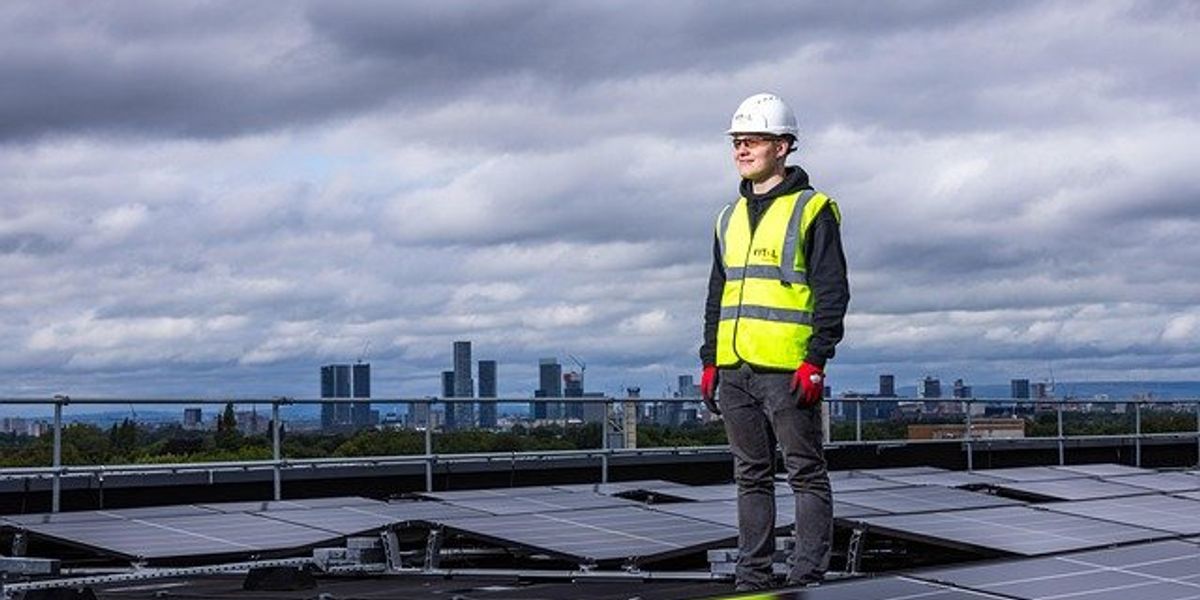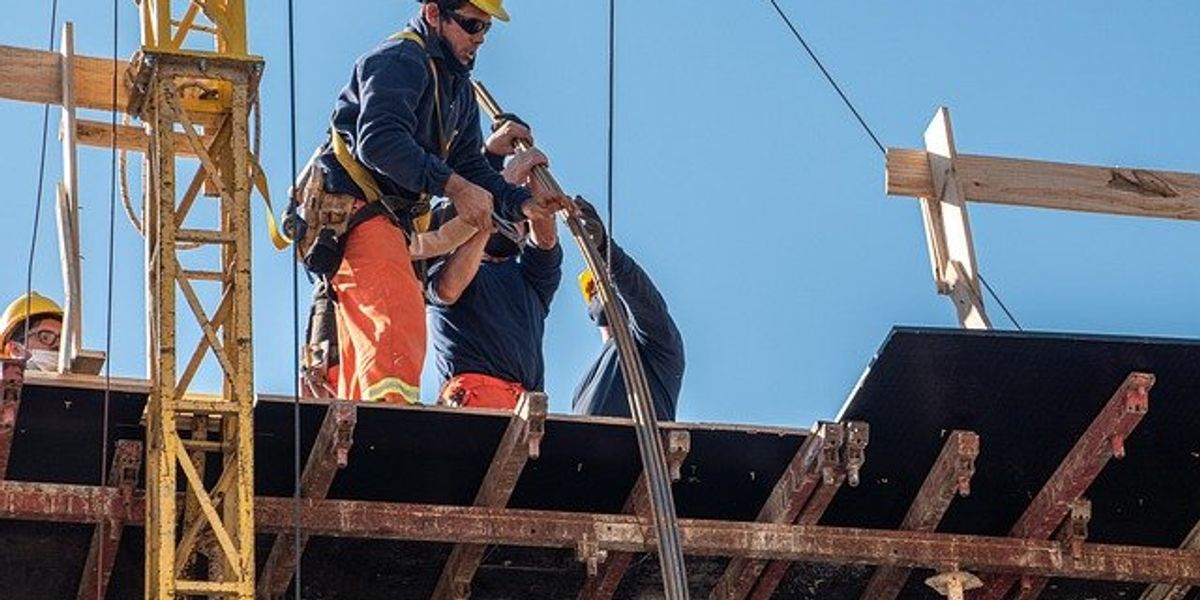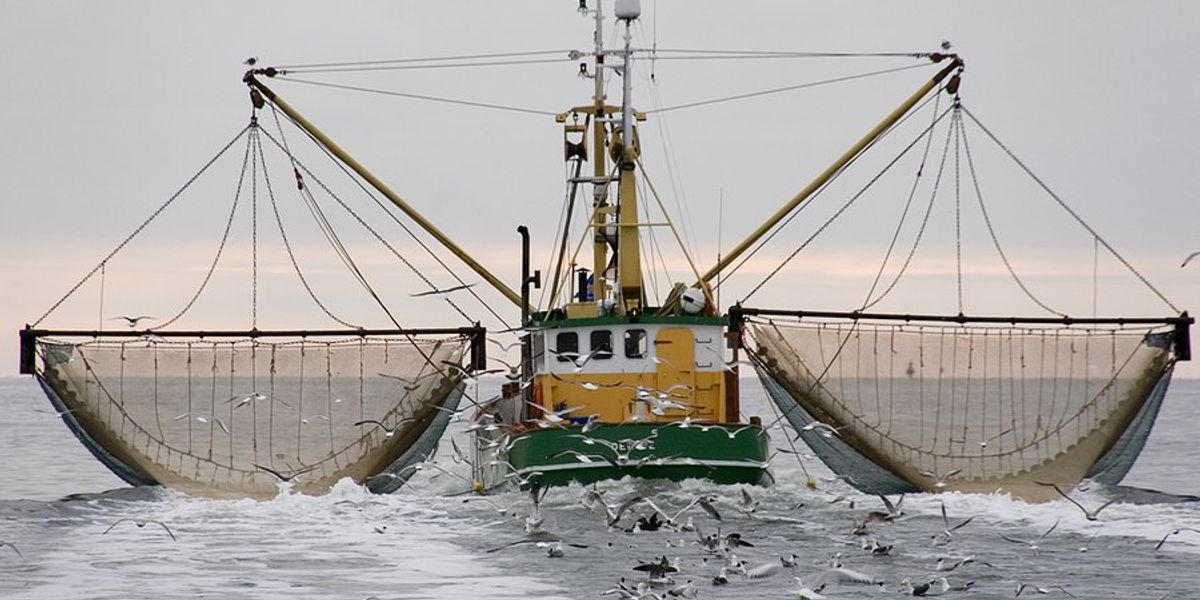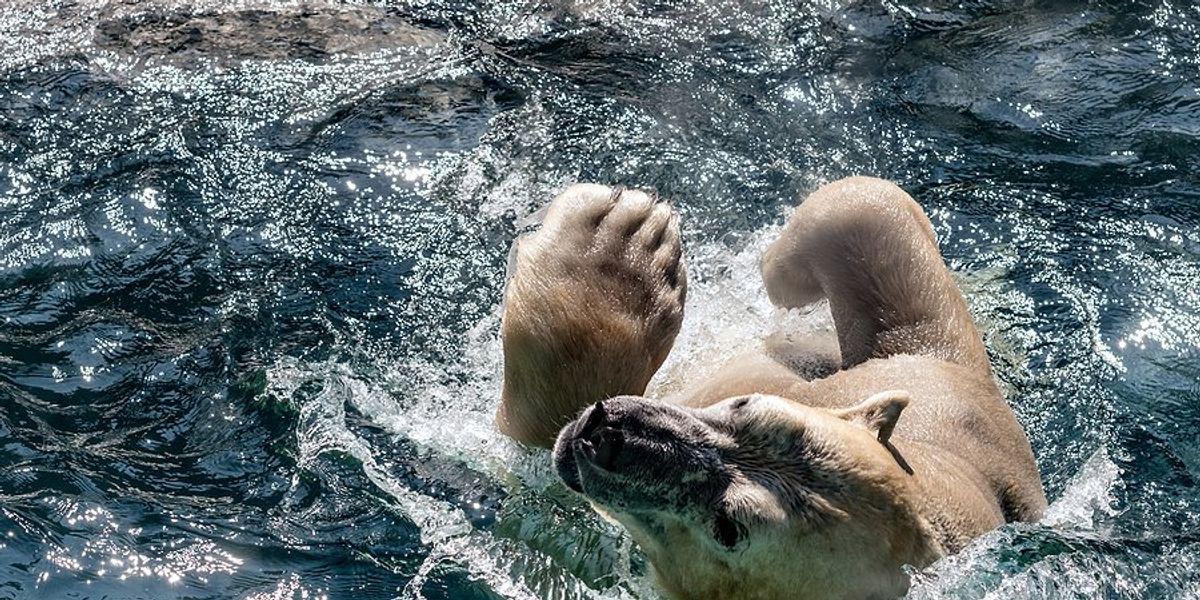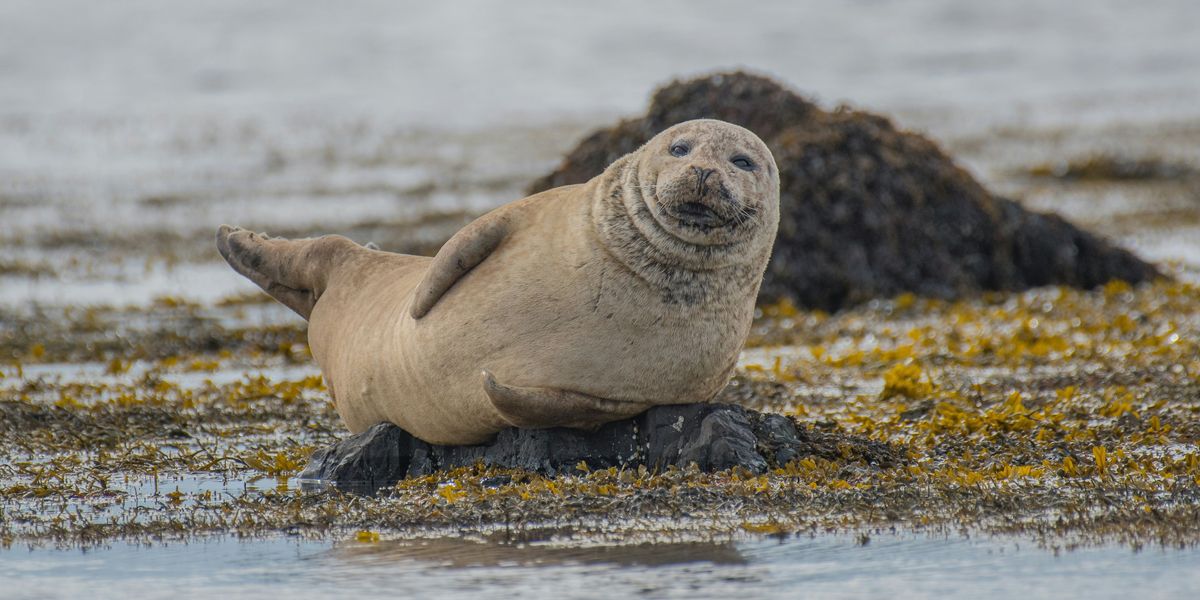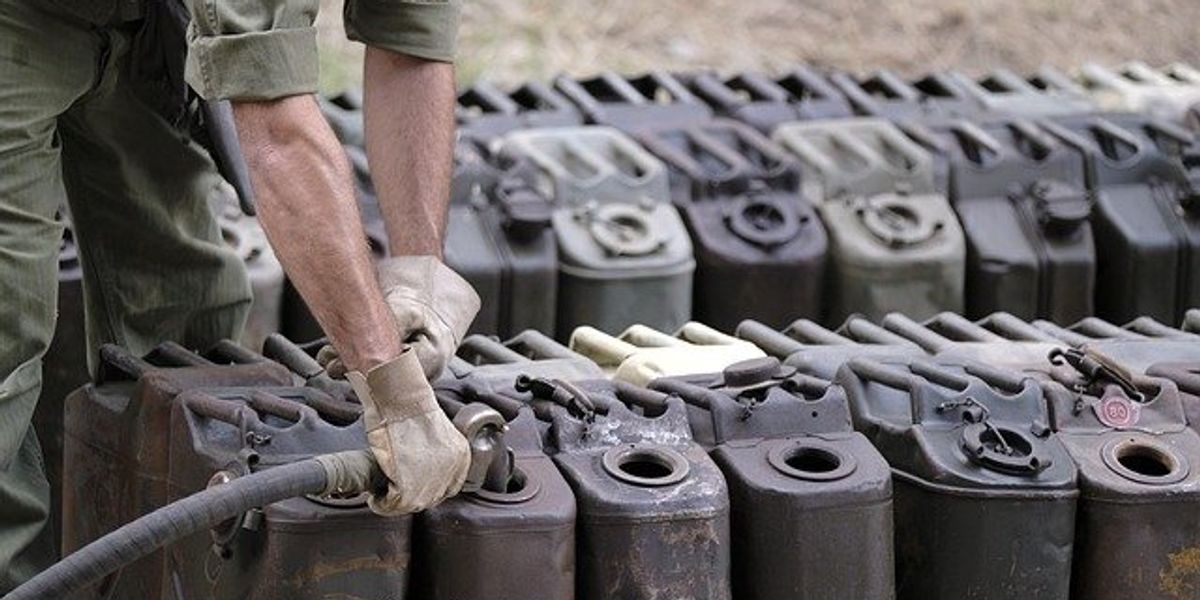
Canada relies on imports for solar panels as domestic production struggles to scale
As solar energy capacity in Canada nearly doubles, local manufacturers push for government support to compete with Asia’s dominance in solar panel production.
In short:
- A Toronto developer outfitted an apartment complex with solar balcony railings from local firm Mitrex, which makes building-integrated photovoltaics (BIPVs) that serve as both construction material and energy generators.
- Most solar panels in Canada are imported from Asia, where manufacturing is cheaper and more scalable. Mitrex remains one of the few Canadian companies making panels locally.
- Industry leaders argue that while Canada may not rival Asia in mass production, it can lead in design, research, and solar system installation, which account for the bulk of industry jobs.
Key quote:
"You can't just expect the oranges to come off the trees. You have to prepare the land, plant the seed, wait for the trees to grow."
— Danial Hadizadeh, CEO of Mitrex
Why this matters:
Solar power is one of the cleanest forms of energy, but who makes the technology — and where — matters. Right now, Canada depends on China and Southeast Asia for most of its solar panels, locking the country into global supply chains that come with higher emissions from shipping and limited control over labor and environmental standards. Local solar panel production could reduce carbon footprints and create thousands of jobs across design, assembly, and maintenance. But it’s a tough sell without strong policy incentives. If left unaddressed, Canada's reliance on imported solar panels could erode both its climate goals and its economic resilience.
Related: Solar costs are going up — and not just because of demand

